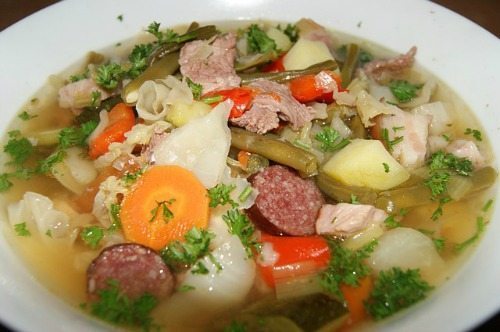Hi all here are 10 tips that can get you started or help those of you struggling to make ends meet when it comes to your healthy food choices and your budget.
Today it is not necessary to do everything “perfect” besides…whose’s perfect? The objective is to ease into healthier living and find what works best for you on your journey.
In addition to eating as consciously and as best as you can afford it is also great to find a detox program that helps get the toxins that are sneaking into your body out!
Stay tuned for the artice 10 SMART TIPS TO DETOXING ON A BUDGET.
Please note because I have a variety of clients some are raw, vegan, vegetarian or paleo this article is NOT strictly one way of eating, it is an article supplied for everyone to find healthier food regardless of what they eat….besides for those who want to judge..don’t you remember when you began your journey?
It’s great for us to accept everyone where they are on their journey.
Peace and Blessings, THE HEALTHY DIVA.
1. Avoid the dirty dozen.
Not sure what this means? Each year, the Environmental Working Group (EWG) releases 12 of the most pesticide-laden or “dirty” fruits and veggies sold in the U.S. Get a copy of the list and work toward avoiding eating too much of these items.
You can find the 2013 list here. In short, this year try not to overly consume conventional apples, celery, cherry tomatoes, cucumbers, grapes, hot peppers, imported nectarines, peaches, potatoes, spinach, strawberries, sweet bell peppers, kale/collard green and summer squash.
2. Avoid GMOs.
What are genetically modified foods? The top ones in the U.S. include corn, soy, Hawaiian paypaya, cotton, canola (among others).
I think avoiding these foods may be even more important than avoiding the dirty dozen! If it’s not organic, then it’s probably genetically modified if you live in the U.S. Read more about GMOs here.
3. Eat from the Clean 15 list.
Yay! Here’s a list where you aren’t just avoiding something! The EWG publishes this list of “clean” or lower-sprayed foods each year as well! These are foods you should eat from in abundance.
Do note that corn and papaya are both included on this list, and you still may want to avoid them because they are GMO.
4. Avoid processed meats.
Ideally, you would want to buy grass-fed, pastured, locally-raised meats. But our world isn’t always ideal. So instead of eating hotdogs and chicken nuggets, make the simple switch to cooking meals with plain meat that you season yourself.
Buy various cuts of chicken, beef or pork–or buy fish (preferably wild caught, but if it’s not in your budget, it’s not!). If it’s in your budget, buy hormone/antibiotic free, but don’t feel bad if you can’t. Just do the best you can.
5. Cook from scratch.
Steam a head of broccoli (it’s the easiest thing ever!) instead of opting for the pre-seasoned, cheesy broccoli bites in the freezer section. Make your own mac ‘n cheese instead of buying the pre-made stuff. Make homemade bread crumbs to bread your own chicken instead of opting for the frozen chicken nuggets at the store.
When you cook from scratch, you control the ingredients–not a for-profit company somewhere who cares only about making money, even at the cost of your health.
6. Cut the dairy substitutions and use the real thing.
When you look at dairy subs (think: coffee creamers, spreadable margarine, etc.), they are almost all made with high levels of GMO ingredients–like soy. Make the switch to using real butter, real yogurt (not the sugar-laden, flavored stuff!), real cheese (not Velveeta!) and real cream.
7. Use healthy fats.
Canola oil is not healthy. It’s a top GMO crop, and I avoid those at all costs. Instead, use olive oil, palm shortening, coconut oil, real butter or lard.
8. Check the clearance produce.
Even during the time we had WIC, I would shop the clearance produce racks to maximize the funds I had. Sometimes, you can even score organic that is cheaper than conventional! Not sure how to use clearance produce?
9. Use fresh when possible, then frozen and then canned.
Fresh produce is always best. But you may not always be able to eat what you prefer. For example, apples are in season in the fall. So, they will be cheaper in the fall. But their price will skyrocketed when they are not in season. For this reason, try to shop for in-season produce that is fresh.
But when you can’t get fresh, opt for frozen. Most frozen produce is frozen at its peak time in the season!
Lastly, use canned. I really do not recommend canned goods. I have read that only canned tomatoes retain any nutritional value (canned fish is OK, though). Also, most cans are lined with BPA, which is a hormone disruptor.
10. Garden.
I will not tell you that everyone can garden. Not everyone can. I think it takes some knack for it. If it were left to me, our garden would never produce a thing! My husband really takes care of it; I just pick out of it!
If you do not have any land you can use try to find something on container or apartment gardening.
Above all, just cook with real, whole foods! If you can afford organic, great! But, if not, don’t sweat it or beat yourself up just do the best you can!
via thehumbledhomemaker



